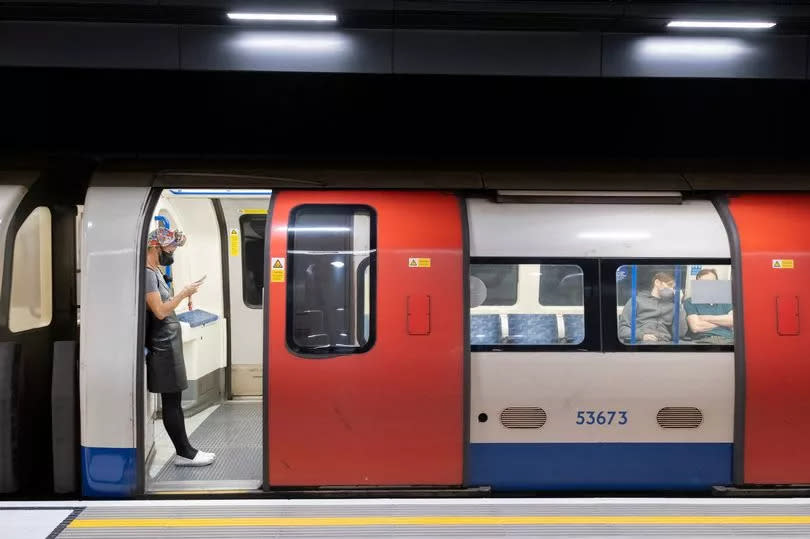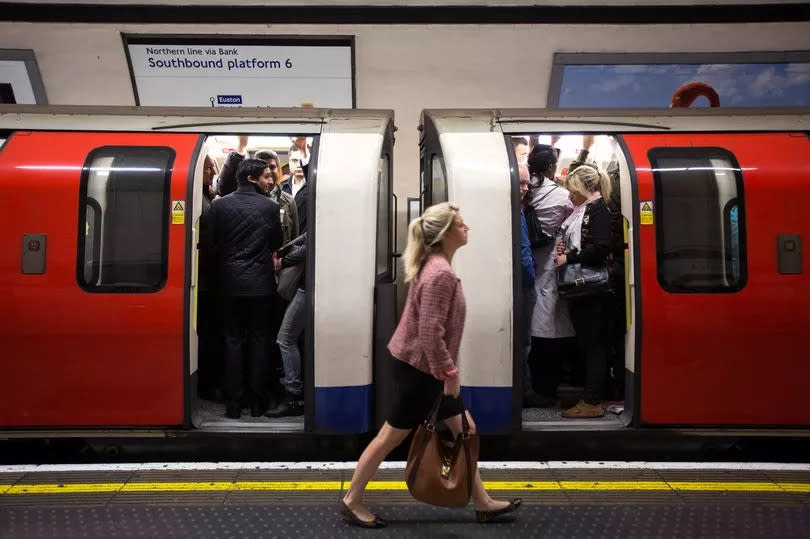How London Underground drivers make sure trains can turn around in just seconds

We all know that when we arrive at a Victoria or Northern line platform at any time, we expect a train to be there in seconds - anything more than three or four minutes can feel like forever. With 250 million journeys made on the line each year, even a few seconds delay can cause severe congestion at stations, so every second is crucial to keep London moving.
When these trains reach the end of the line, it's vital to turn them around and send them back without causing a long gap in the service. That's why the London Underground uses a method called 'stepping back' on its busiest lines, where space and time are limited.
It's a process that ensures trains can keep moving, by eliminating the wait for drivers to change from the front of the train to the back.
READ MORE: Why some London Overground and Thameslink trains make loud banging noises at certain stations

A prime spot to witness train drivers 'stepping back' is at Morden, the terminus of the Northern line. During peak hours, trains pull into the station approximately every 105 seconds.
With only three tracks available for turnaround, drivers have a tight five-minute window to exit their cabs, use the facilities, walk to the other end of the train, ensure the alternate driving cab is in working order, prepare and then set off again. Any delay would result in a backlog of southbound trains waiting for an available platform and a service gap heading northbound, potentially leading to overcrowding on platforms like the narrow Clapham Common.
To counter this issue, more drivers are scheduled during busy periods than there are trains, and upon reaching Morden, they are instructed to 'step back' five trains. This eliminates the need for them to hurry to the opposite end to drive the train back out, instead waiting for the fifth departure after their arrival.
If they're late arriving, they're more likely to be able to makeup time to be on the correct departing train, as they have a buffer of five trains.
For instance, on weekdays, the Northern line train number 113 departs from Hampstead at 6.54am with driver A at the helm. It reaches Morden by 7.43am.
To maintain punctuality, it must leave Morden at precisely 7.45.30am - this leaves driver A a mere two and a half minutes to disembark the train, use the facilities, walk to the rear of the train and prepare for departure.
This is impractical, so instead, driver B, who arrived five trains earlier (on train number 25 at 7.27am), is ready to take over from the back driving cab as soon as train number 113 with driver A has pulled in. Driver A then 'steps back' five trains and eventually departs five trains later on train number 123 at 7.55am.
This system allows the entire turnaround process at the terminus to be completed in just a few seconds - in this case 150, although in disruption scenarios (if driver A was delayed), it could be as little as 45 seconds. On the Victoria line at Brixton during weekday peak hours, the turnaround is scheduled to be just 110 seconds, meaning if a train is just two minutes late arriving into Brixton, then it has already caused a gap in the service in the other direction and a queue will start to form.
Our London Underground newsletter brings you the latest travel updates to help you survive your commute - as well as a weekly dose of Tube trivia! You can sign up HERE.

 Yahoo News
Yahoo News 
